Craig Watts: From Chickens to Mushrooms
For more than two decades, Craig Watts worked as a chicken farmer in North Carolina. On paper, it looked like a good setup. He raised birds under contract for Perdue Farms, one of the biggest poultry companies in the country. His barns carried the label “cage-free,” which sounded good both to him and to the people buying the chicken.At first, Craig believed he was doing everything right. But over time, things didn’t sit well with him. The chickens were packed so tightly together that they could hardly move, let alone walk around freely. Many grew so quickly their bodies couldn’t keep up. Some collapsed under their own weight, and others died right there in the barns, left lying on the ground as the rest stepped over them.
The picture consumers had in mind when they read “cage-free” was nothing like the reality Craig was seeing every day.
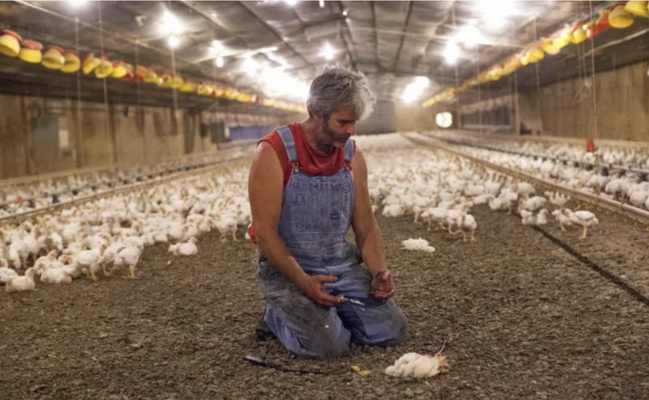
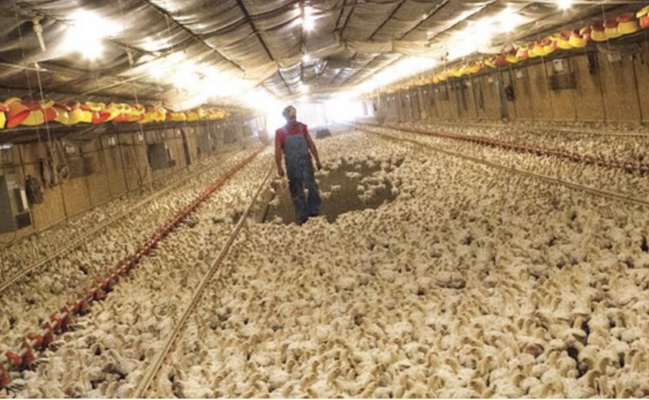
Meeting Leah Garcés
Craig’s story might have stayed behind closed barn doors if it weren’t for a chance meeting with Leah Garcés. At the time, Leah worked with Compassion in World Farming. Today, she’s the executive director of Mercy for Animals.Leah approached Craig with a big question: would he let her film inside his barns? She wanted to show people what “cage-free” farming actually looked like.
It wasn’t an easy decision. Speaking out against the company he worked for could cost Craig everything. But after years of carrying the weight of what he’d seen, he agreed.
When the video was released, it spread quickly. Millions of people saw the reality of life inside his barns—rows and rows of chickens, many struggling to even stand. For the first time, the public got a clear look at what was really happening in contract chicken farming.
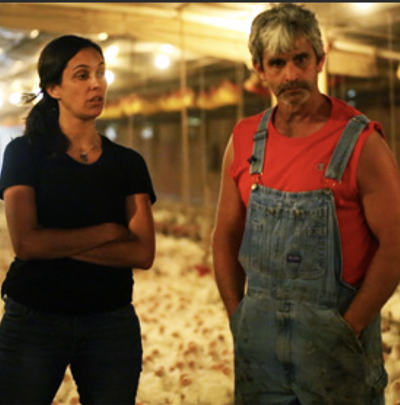
Walking Away
After the video, Craig knew one thing for sure: he couldn’t go back to business as usual. He had already been struggling with the ethical questions of raising animals in those conditions, and now the world had seen what he had seen.Still, leaving the poultry industry was a huge step. Farming wasn’t just Craig’s job; it was part of who he was. His barns, his land, and his daily routine were all built around chickens. But he also knew he wanted a fresh start—something better for the animals, better for the environment, and better for himself.
That’s when he decided to start over with something completely different: mushrooms.
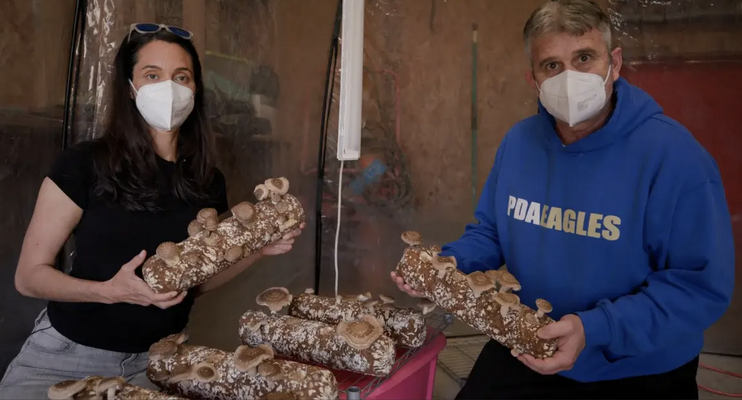
From Chickens to Mushrooms
The barns that once held thousands of chickens were soon transformed. Craig added shelves, boxes, and climate controls to turn the dark, crowded space into the perfect environment for fungi. Instead of being filled with birds that could barely move, the barns now grew rows of mushrooms in peace.This change wasn’t just about switching crops. For Craig, it was about finally creating a farm that reflected his values. Mushrooms allowed him to grow food without harming animals. They were sustainable, healthy, and in demand. Best of all, he no longer had to feel torn between making a living and doing the right thing.
As Craig put it, it was about “taking something really bad and creating something better.”
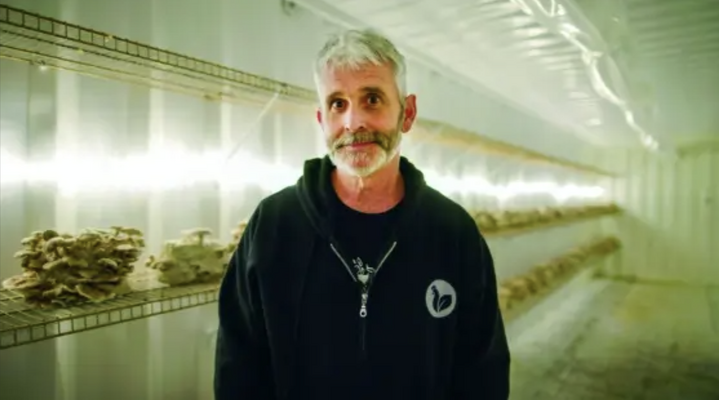
What His Story Teaches Us
Craig’s journey isn’t just inspiring—it also carries an important lesson for all of us. Labels like “cage-free” or “free-range” can be misleading. They sound reassuring, but they don’t always guarantee that animals are living good lives.So what can we do as consumers? Here are a few simple steps to shop more ethically:
Look for trustworthy certifications. Labels such as "Certified Humane" or "Animal Welfare Approved" set higher standards than vague marketing terms.
Do a little digging. Find out how the animals were raised. Did they have space to move? Did they get fresh air and proper care?
Shop local when you can. Farmers’ markets and small farms are often more transparent about their practices.
Try alternatives. Plant-based options like mushrooms, beans, or lentils are not only healthy but also completely free from animal suffering.
Every purchase is a vote for the kind of food system we want.
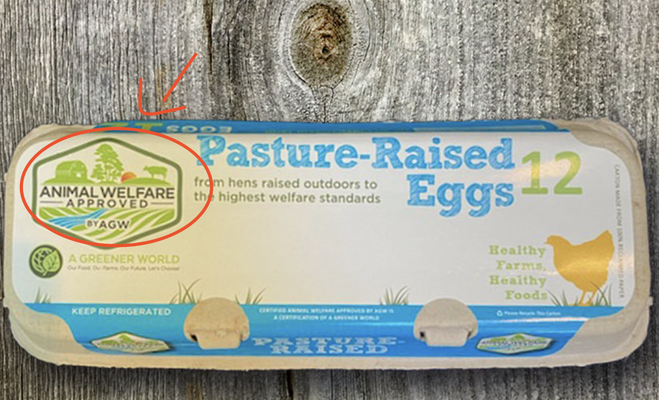

A Bigger Picture
Craig’s transformation shows us that change is possible—even in an industry as tough and entrenched as factory farming. He could have stayed silent, but instead he spoke out. He could have kept raising chickens the way the system demanded, but instead he reimagined what farming could look like.And the best part? His story proves that farmers don’t have to choose between making a living and doing what’s right. With creativity and courage, it’s possible to build something new—something that’s good for people, animals, and the planet.
Why It Matters
When we hear about industrial farming, it’s easy to feel overwhelmed. The system is huge, powerful, and complicated. But stories like Craig’s remind us that individuals really can make a difference. One farmer’s decision to open his doors and tell the truth started a national conversation. One farmer’s decision to switch from chickens to mushrooms showed the world that alternatives are possible.And one consumer’s decision—your decision—about what to buy at the grocery store also matters. Each choice shapes the system little by little.
A Story of Hope
In the end, Craig Watts’ story is about more than chickens or mushrooms. It’s about courage, compassion, and hope. It’s about looking at something broken and deciding to build something better.For Craig, that meant swapping crowded barns of chickens for rows of mushrooms. For the rest of us, it might mean paying closer attention to labels, supporting local farmers, or adding more plant-based meals to our plates.
Small changes add up. And just like Craig, we all have the power to be part of the solution.
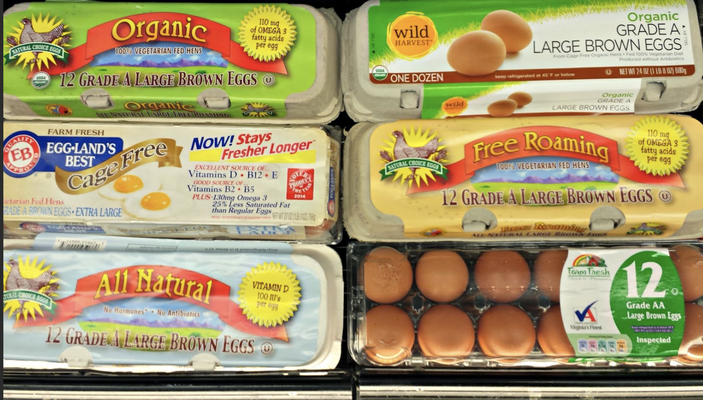
Resources
Stone Pier Press – Transfarmation ProjectNetflix Documentary: Rotten
An Activist and an Adversary Found Common Ground. Making Change Proved Harder
